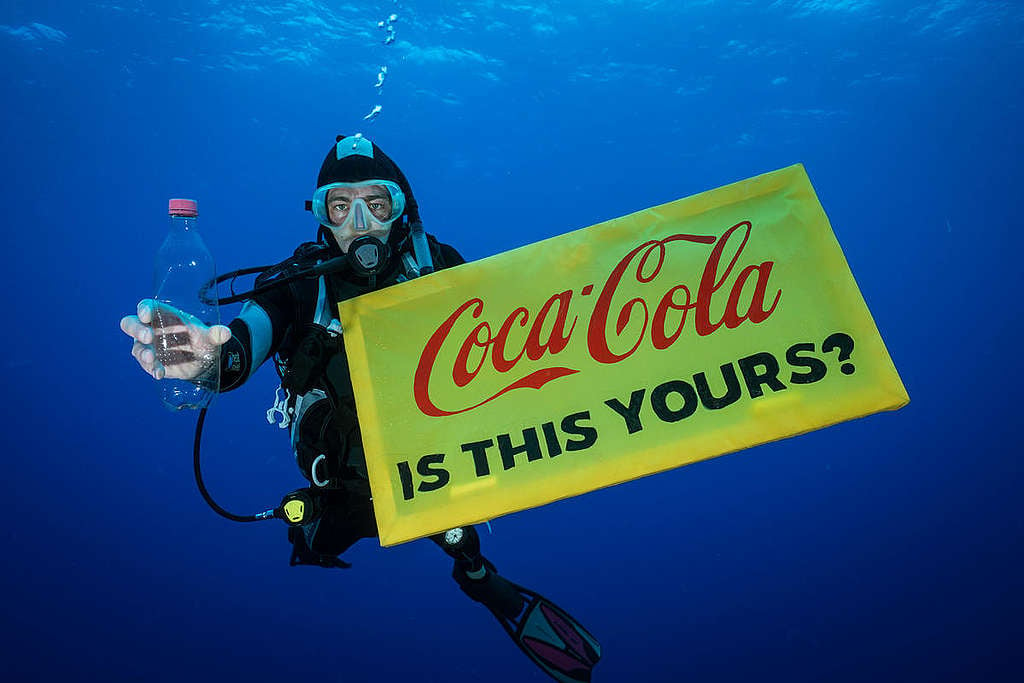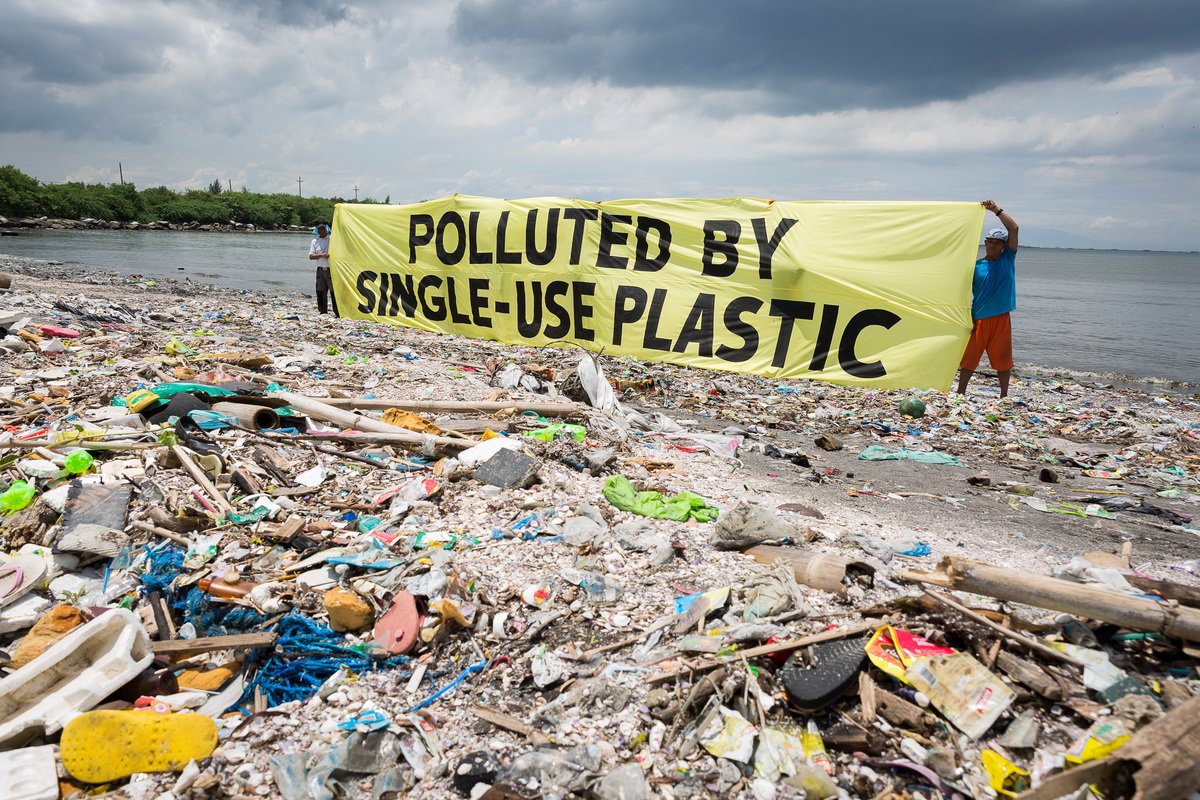It’s so close you can almost touch it. The crucial next step in transforming Aotearoa into a beautiful, circular economy with zero waste. A system where we get paid for returning our soft drink cans and bottles – just like we used to.
The Government’s beverage container return scheme (CRS) would see millions of bottles and cans collected and diverted from landfills and the ocean, go on to be recycled, or, better yet, refilled and reused.
But we’re not there yet. Shockingly, there is some fierce opposition we need to overcome from a most unlikely quarter – a section of the industries that make, use and recycle glass.
After decades of work by community groups, waste minimisation experts and local councils, the government announced in 2019 that it intended to design a beverage container return scheme – where you get a refund for returning your bottle or can. (Huzzah!)
This great piece of news was followed by another last month when a parliamentary select committee said it supported a petition calling for New Zealand to adopt a container return scheme. It had been delivered to MPs two years ago, but better late than never!
The petition, started by zero waste group The Kiwi Bottle Drive called for a model that would see community groups benefit from the container return scheme by making it easy for them to be collection points for beverage containers. So far, so good.
Sorry, here’s the bad news: This much needed scheme is on the verge of being derailed at the eleventh hour. Thwarted by an organisation that you’d expect to be right behind it.
Seems that some of the people who make and use glass bottles don’t want a bar of it. Right now, they’re lobbying for their products to be left out of the container return scheme.
The Glass Packaging Forum
Who are we talking about? The Glass Packaging Forum (GPF), which is made up of the biggest glass makers, glass recyclers and beverage companies in the country. The Glass Packaging Forum is a subset of the Packaging Forum that has long campaigned to make sure its members bear as little responsibility as possible for the packaging waste they create. The Glass Packaging Forum also manages a voluntary recycling scheme for glass packaging.
Don’t let the fluffy pics of keep-cups and happy bottle recyclers on the Glass Packaging Forum website fool you – the Glass Packaging Forum by default are there to lobby against government regulation. They reckon their own voluntary product stewardship schemes work better than Container Return Scheme, and they’re going to fight to make sure glass isn’t included in a refund scheme. But we know if a refund scheme is to work here in Aotearoa then collecting glass is a must. Read on, I’ll explain.
This is just the sort of attitude we’ve come to expect from plastic manufacturers. I don’t need to tell you why plastic sucks (dead marine wildlife, littered streets, microplastics and their unknown impacts on the human body when they end up on our dinner plates).
Around the world, companies like Coca-Cola make billions of plastic bottles every day. Billions. Each. Frickin. Day. The companies making them have not a care in the world where they end up, how they got made (with petrochemicals), or who they impact.

But glass manufacturers, you’d think they might have a more enlightened attitude. After all isn’t glass way more sustainable and better for the environment than big bad plastic? Yes it is, but only if we have a system to collect back, clean and reuse these bottles.
Just like Big Plastic, Big Glass are fighting tooth and nail to avoid being regulated by the Government.
The Glass Packaging Forum want everyone to keep on using the existing kerbside recycling system – which is broken beyond repair – and they want to keep running their voluntary scheme, which only achieves a 62% recovery rate (according to their own stats), whereas Container Return Scheme would achieve at least 85% within the first few years.
Rather than just wash them out and fill them up again, Big Glass says it wants consumers to throw their bottles into the recycling bin, crush them up and make more bottles, but based on comments by the Glass Packaging Forum to the Environment Select Committee, it seems New Zealand’s glass recycling facility is already maxed out and can’t recycle more than about half of the glass we go through. So, where will the extra glass go? We actually need to start using less glass by reusing the bottles we’ve already made. That means we need a Container Return Scheme to help us get back to the good old days where glass bottles get returned, sterilised, refilled, and then go another round.
If the glass industry gets their way, the knock-on effect will be disastrous. It will significantly undermine the chances of us ever having refillable and reusable options for drinks. That means we’ll be stuck with plastic – which totally sucks. If glass is not included in a Container Return Scheme, it will also mean that close to half of the glass New Zealanders use each year will continue to go to landfill, cause havoc in kerbside recycling, or get downcycled into roads.
I’m not here to give the desperate Glass Packaging Forum spin any more airtime so I’ll just tell you why a bottle refund scheme must include glass. Here are the reasons. You can put them in your back pocket for your next dinner party debate on the semantics of waste minimisation or if your parents invite someone from the Glass Packaging Forum over for tea.
Keep glass separate
Glass is a big problem when it comes to kerbside recycling. It often breaks when it’s chucked in the home recycling bin, contaminating entire loads of recycling for the parts of New Zealand where recyclables are all collected together in the same bin (which is the case for roughly half of New Zealand’s population). Public place recycling is also no substitute for CRS because it doesn’t reliably produce uncontaminated recycling either, nor high recycling rates. For all systems, the cost of getting collected glass to the recycler is also high, so having a CRS to help cover costs means that the burden doesn’t fall on councils and thus ratepayers.
If glass bottles were collected through a container refund scheme instead, glass wouldn’t contaminate the other recycling and would be collected without breaking, meaning it could be easily and safely transported to get recycled, or better yet to local refilling stations (that’s the best outcome for them).
Where’d that stat come from?
The Glass Packaging Forum, in their comments to the select committee say they are already capturing 62% of glass, but in their accreditation report they state they’re getting 73% collection, which is confusing. Regardless of which stat is correct, the information is misleading because it is not from an independent source and includes glass going to roading and other downcycling. In fact, some waste minimisation experts say NZ’s glass recovery rate is even less than 50%.
Contrastingly, countries with bottle refund schemes get 85% collection rates or higher, every single time.
The Glass Packaging Forum go on to say in their comments to the select committee that they’re aiming to capture 82% of glass by 2024, without a plan for doing so (internationally, the only systems that have delivered these kinds of results are container return schemes). They also says the current collection and recycling system is maxing out. So, if they don’t have the capacity to recycle more glass, why are they aiming for higher collection rates? If the answer is downcycling glass (into roading), this is not a good outcome.
We need to use less glass – our consumption levels need to match our onshore processing capacity. The only way to do this is through reusable packaging systems.
It’s almost like they don’t actually want to recycle more than they’re currently doing. #Confused.
If glass ain’t in then what’s the point?
If glass is not part of the scheme, glass is effectively worthless. People will continue to stuff it in their rubbish bins, leave it on the footpath and throw it in the ditch. No one will pick up a glass bottle to return it.
The cost of kerbside collection of glass, transport to Visy Glass or other recyclers and dealing with broken glass littering roads, cycle paths and car parks will continue to be met by Councils and hence the public.
If glass is out of the Container Return Scheme, companies may also be incentivised to use more single-use glass because it will be unregulated. This is not a good outcome because we already use more glass than we can deal with in New Zealand
We want reuse and refills, we want it now!
Recycling isn’t the answer, it’s energy intensive and inefficient compared to reuse and refill schemes. Alternatives to recycling bottles back into bottles are even worse – for example, putting glass into roading increases the carbon footprint because it means that if we want to make more glass we need to extract more raw materials and use more fossil fuels in the glass-making furnace.
Making drinks in Auckland and transporting them over the whole country is a model that only works with single use – what we need is a circular model instead.
With best-practice refill schemes, there would be reductions in carbon due to returning bottles to local refill and sterilistion plants. An increase in this activity is expected in the Container Return Scheme. Already drinks companies send concentrate to fast food restaurants to reduce shipping volumes and loads.
Local refilling is labour intensive, meaning it will create local jobs and reduce transport emissions. Not only that, but a Container Return Scheme would provide more than 2000 jobs for people on the collection side of things. It’s a chance for the incredible network of zero waste hubs around the country to make much-needed funding by becoming collection points (and getting $$ as a handling fee). The Scouts over in South Australia make $25 mill a year from doing just that – how awesome would this be for our community groups, who usually run on the smell of an oily rag?
So let us marshall our forces, those of us who want an end to single use plastic, knowing we are in the majority. Armed with the knowledge that without glass bottles, the container return scheme is a sham. Let’s demand that Big Glass look past the lure of short term profits and commit themselves to play an active part in a low-waste, circular system that benefits everyone. Taking Aotearoa towards a future that is genuinely clean and green.
TAKE ACTION
Head over to the Glass Packaging Forum Facebook Page, and post a message calling on them to stop obstructing the Container Return Scheme!



